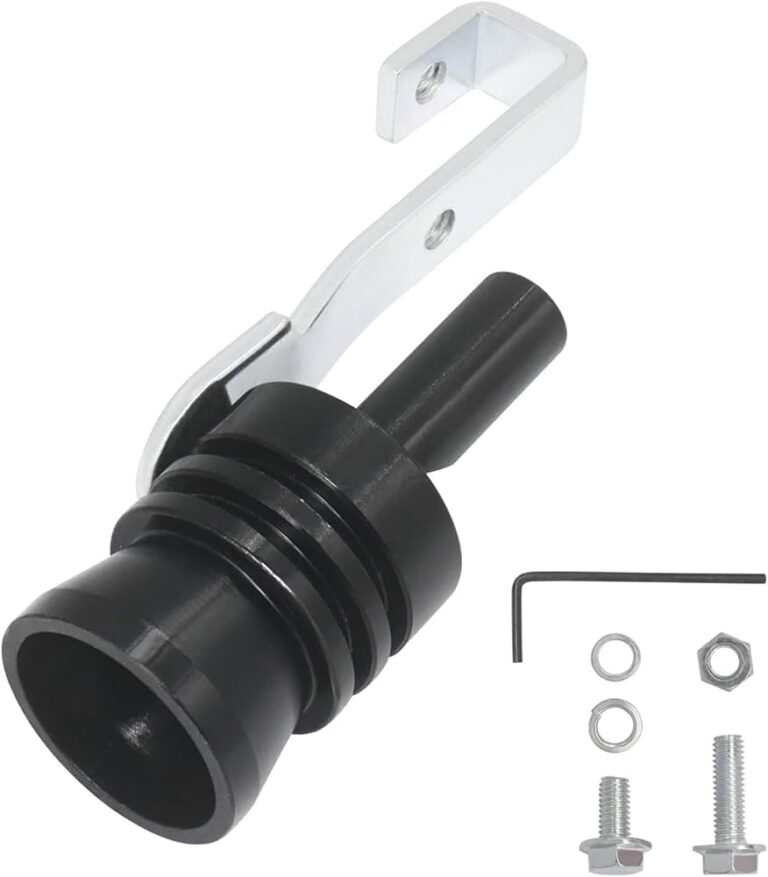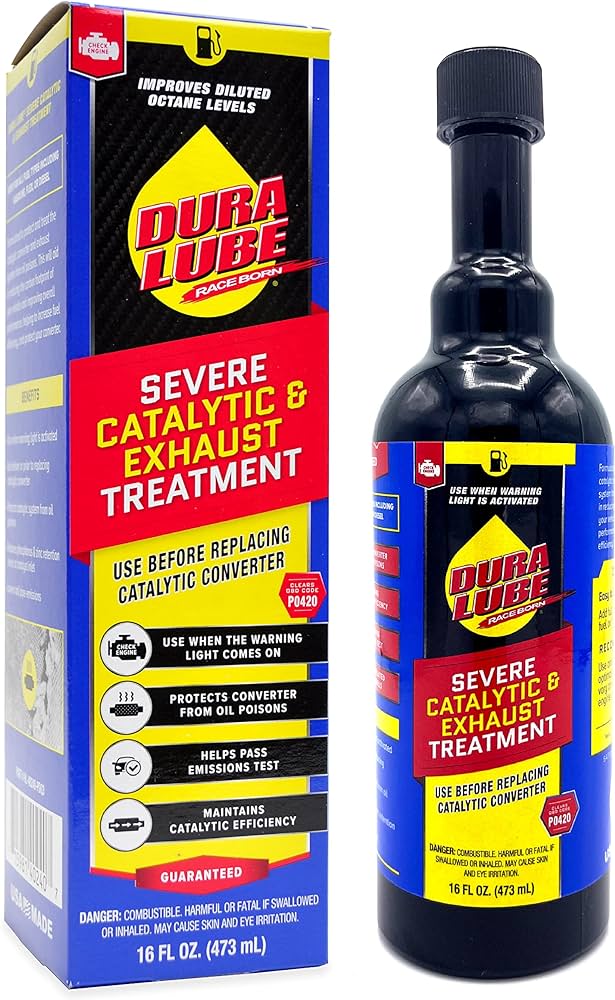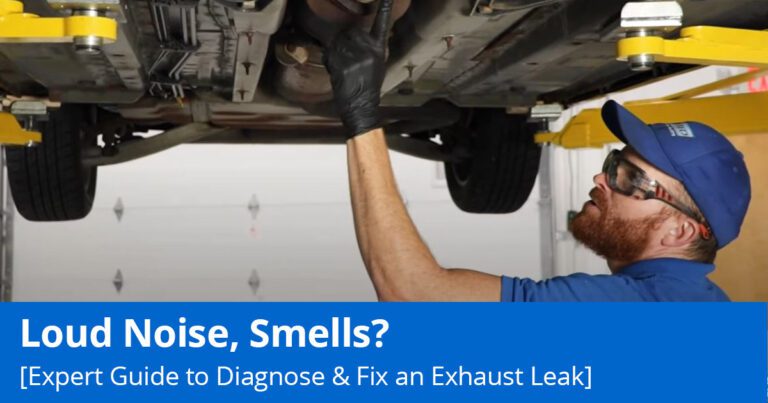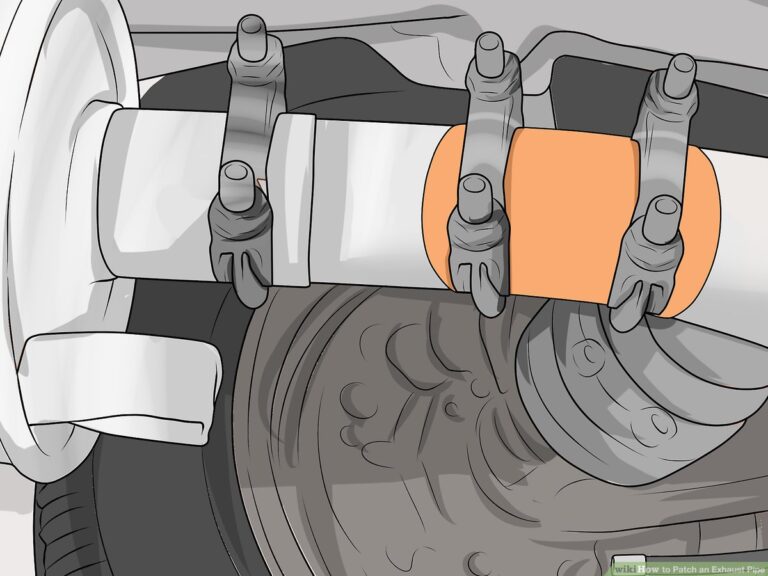Is It Safe to Drive With Tire Pressure Light on? Unveiling the Hidden Dangers
It is not safe to drive with the tire pressure light on as it indicates low tire pressure, which can lead to poor handling and increased risk of accidents. Maintaining proper tire pressure is essential for vehicle safety and performance.
Proper tire pressure plays a crucial role in ensuring safe driving conditions. When the tire pressure light illuminates on the dashboard, it is indicative of low pressure in one or more tires. Ignoring this warning can pose serious risks, jeopardizing both your safety and that of other road users.
We will explore why it is unsafe to drive with the tire pressure light on, the potential consequences of neglecting it, and provide essential tips to address this issue promptly. Understanding the importance of maintaining optimal tire pressure is essential for every responsible driver, as it contributes to overall vehicle performance, fuel efficiency, and most importantly, safe driving experiences.
The Importance Of Maintaining Proper Tire Pressure
The Importance of Maintaining Proper Tire Pressure
Driving with the tire pressure light on can be risky and impact both the performance and safety of your vehicle. One of the main effects of improper tire pressure is on braking capability. When tires are underinflated, it takes longer for the vehicle to come to a stop, especially in emergency situations. Handling is also affected, as underinflated tires can cause the vehicle to feel unstable and less responsive to steering inputs. Another significant impact is on fuel efficiency. When tires are not properly inflated, it increases rolling resistance, causing the engine to work harder and consume more fuel.
Proper tire pressure is crucial for maintaining optimum performance and safety. Regularly checking and inflating your tires to the recommended levels can enhance braking, handling, and fuel efficiency. It is important to address any tire pressure issues promptly to ensure a safe and smooth driving experience.
Understanding The Tire Pressure Light
Is It Safe to Drive With Tire Pressure Light on
The tire pressure light is an essential indicator in modern vehicles that alerts drivers to low tire pressure. It is part of the tire pressure monitoring system (TPMS), a safety feature designed to prevent accidents and ensure optimal driving conditions. The purpose of this system is to monitor air pressure in all four tires, providing real-time feedback to the driver.
When the tire pressure light illuminates, it is crucial to address the issue promptly. Ignoring a low tire pressure warning can lead to various safety risks, such as impaired handling, reduced braking performance, and increased tire wear. The light serves as an early warning sign, allowing drivers to take immediate action, usually by inflating the underinflated tire(s) to the recommended pressure.
By understanding the importance of the tire pressure monitoring system and taking prompt action when the tire pressure light comes on, drivers can maintain safe driving conditions and prevent potential hazards on the road.
Risks Associated With Ignoring The Tire Pressure Light
Ignoring the tire pressure light can lead to severe risks and potential hazards. Driving with low tire pressure can cause tire damage and significantly decrease their lifespan. Low tire pressure puts undue stress on the tires and can lead to uneven wear, reduced traction, and poor handling on the road. This can increase the risk of blowouts and accidents, especially at high speeds or during sudden maneuvers. Without proper tire pressure, the tires cannot maintain their optimal shape and grip, making them more susceptible to punctures and other types of damage. It is essential to address the tire pressure light immediately by checking and adjusting the tire pressure to ensure safety on the road.
Hidden Dangers Of Driving With Low Tire Pressure
Is It Safe to Drive With Tire Pressure Light On?
Hidden Dangers of Driving with Low Tire Pressure
Driving with low tire pressure is not only unsafe but can also have severe implications on your vehicle’s performance and safety. One of the hidden dangers is the impact it has on vehicle stability and control. When your tire pressure is low, it affects the way your vehicle handles on the road. The tires become less responsive, resulting in sluggish steering and reduced traction. This can significantly increase the risk of accidents, especially in emergency situations.
Additionally, driving with low tire pressure can cause potential damage to suspension and steering components. The uneven weight distribution puts excessive strain on these parts, leading to premature wear and tear. This can result in costly repairs and compromises the overall stability and performance of your vehicle.
It is important to regularly monitor your tire pressure and address any issues promptly. By maintaining proper tire pressure, you ensure optimal vehicle control, safety, and extend the lifespan of your tires and other critical components.
Economic Consequences Of Ignoring The Tire Pressure Light
Driving with the tire pressure light on can have economic consequences that should not be ignored. One of the immediate impacts is decreased fuel efficiency. When tires are not properly inflated, it takes more energy to keep the vehicle moving, resulting in increased fuel consumption. This can add up over time, leading to higher expenses at the gas pump.
Ignoring the tire pressure light can also result in additional costs due to tire wear and replacements. Underinflated tires wear out faster and unevenly, leading to the need for premature tire replacement. This can be a significant expense, especially if all four tires need to be replaced.
In addition, driving with low tire pressure increases the risk of a blowout or a tire failure, which can cause accidents and further financial consequences such as repairs, medical bills, and increased insurance premiums.
Importance Of Regular Tire Pressure Checks And Maintenance
The tire pressure light is an important indicator that should not be ignored when driving. Regular tire pressure checks and maintenance are crucial for safe driving. It is recommended to check the tire pressure at least once a month and before long trips. Maintaining the proper tire pressure levels not only ensures a safe and smooth ride but also contributes to fuel efficiency and extends the lifespan of the tires.
To maintain the proper tire pressure levels, here are a few tips:
- Invest in a good quality tire pressure gauge to accurately measure the tire pressure.
- Check the tire pressure when the tires are cold, as driving heats up the tires and can give inaccurate readings.
- Refer to the vehicle’s manual or the sticker located on the driver’s side door jamb for the recommended tire pressure.
- Add air to the tires if the pressure is low and use an air compressor or visit a gas station with a reliable air pump.
- Regularly inspect the tires for any signs of wear, punctures, or damage.
- Consider getting professional help if you are unsure about checking or inflating the tires.
By following these simple tips and staying vigilant about tire pressure, you can ensure a safe and comfortable driving experience.
Safe Actions To Take When The Tire Pressure Light Illuminates
Safe Actions to Take When the Tire Pressure Light Illuminates
Tire pressure is a critical factor in maintaining vehicle safety. When the tire pressure light illuminates on your dashboard, it is essential to take immediate action to ensure your safety and minimize risks. Here are some steps you can follow:
| Step 1: | Check the correct tire pressure information. You can find the recommended tire pressure levels in your vehicle’s user manual or on the tire placard, usually located on the driver’s side door jamb or inside the fuel filler door. |
| Step 2: | Inspect your tires visually for any signs of damage, such as cuts, bulges, or punctures. If you notice any issues, contact a professional for assistance. |
| Step 3: | Use a tire pressure gauge to measure the pressure in each tire accurately. Compare the reading to the recommended pressure levels mentioned earlier. |
| Step 4: | If the tire pressure is low, inflate the tires to the recommended levels using an air pump or visit a nearby service station. |
| Step 5: | After inflating the tires, recheck the pressure with the gauge to ensure it matches the recommended levels. |
Note: If you are unsure about performing these steps yourself or if you notice significant tire damage, it is always advisable to seek professional assistance and repairs.

Credit: www.superiormazda.com
Importance Of Promptly Addressing Low Tire Pressure
Driving with the tire pressure light on is not safe as it indicates that the tires have insufficient air pressure. Promptly addressing low tire pressure is crucial to maintain optimal performance and ensure safety on the road.
Seeking professional assistance when necessary is essential to accurately diagnose and resolve any underlying issues. Ignoring the warning light can lead to further damage to the tires, affecting their durability and compromising vehicle stability.
Intervening early is beneficial as it helps prevent additional tire damage and potential accidents. Properly inflated tires contribute to better fuel efficiency, increased traction, improved handling, and a smoother ride.
In summary, it is not safe to drive with the tire pressure light on. Addressing low tire pressure promptly, seeking professional assistance when necessary, and intervening early provide numerous benefits, ensuring your safety and prolonging the lifespan of your tires.
Tire Pressure Light On: Addressing Common Misconceptions
Driving with the tire pressure light on can be a cause for concern, but it is essential to separate fact from fiction. One common misconception is that it is safe to drive with the light on as long as the tires look fine. However, appearance can be deceiving, as underinflated tires may not show obvious signs of damage. In reality, neglecting the warning light can lead to various safety hazards, including reduced traction, poor handling, and increased risk of a blowout.
Another myth is that the light can be ignored if it comes on intermittently. Intermittent warning lights should never be ignored, as they indicate potential fluctuations in tire pressure that might be due to a leak or other issues.
Addressing the tire pressure light promptly is crucial to ensuring your safety and that of others on the road. Regularly checking your tire pressure is highly recommended, as prevention is key. By maintaining proper tire inflation, you can enjoy improved fuel efficiency, prolonged tire life, and most importantly, a safe driving experience.
Frequently Asked Questions Of Is It Safe To Drive With Tire Pressure Light On
How Long Can You Drive With Tire Pressure Light?
The tire pressure light should not be ignored. Driving with the light on can result in unsafe handling and decreased fuel efficiency. It is best to check the tire pressure immediately and adjust it if needed.
What Happens If You Drive With The Low Tire Pressure Light On?
Driving with the low tire pressure light on can cause increased risk of accidents, decreased fuel efficiency, and damage to the tire. It’s important to check your tire pressure regularly and inflate them to the recommended level to ensure safe and efficient driving.
Is Low Tire Pressure Urgent?
Low tire pressure is a serious issue. It can affect vehicle handling, fuel efficiency, and tire wear. It’s important to address it promptly to avoid safety risks on the road.
What Can Happen If You Drive With The Tire Pressure Light On?
Driving with the tire pressure light on can lead to decreased fuel efficiency, increased tire wear, reduced handling and traction, and even tire blowouts. It is important to address the issue promptly to ensure your safety on the road.
Conclusion
Driving with the tire pressure light on can jeopardize your safety and vehicle’s performance. Low tire pressure can lead to reduced traction, poor handling, and increased risk of tire failure. Ignoring this warning could result in costly repairs or accidents.
Regularly checking and maintaining proper tire pressure is essential for safe driving. Don’t compromise your safety, address the issue promptly.








